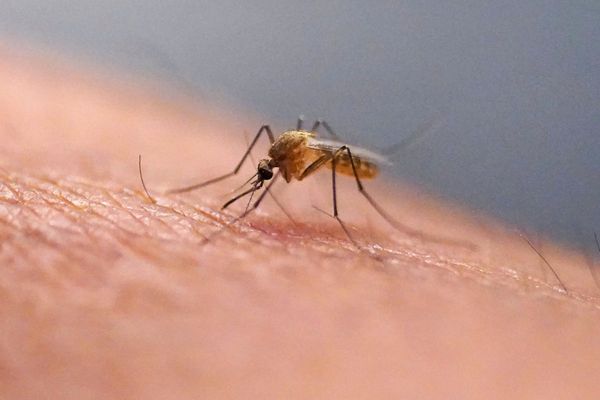There is one thing that can coax the purple frogs of the rainforests of Anamalais in Tamil Nadu from their underground burrows — rain. Also known as pignose frog, the purple-pigmented frog endemic to the Western Ghats in India, emerges very briefly every year for a few days during the monsoons to breed. As a part of an education series from the Tamil Nadu Forest Department, a new film now turns the spotlight on this endangered species.
According to researchers, the frog is related to a family of frogs found in Seychelles. While the small and unusual frog, resembling a tortoise without a shell, may come across as odd in appearance, each quirk in its anatomy is the result of countless years of evolution.
Small eyes, a long snout, and short limbs equipped with hardened ‘spades’ enables the frog to spend almost its entire life below the ground. A relict from the age of the dinosaurs, its ancestors inhabited the rainforest streams of the southern Western Ghats including the rainforests of Valparai in the Anamalais, for over 130 million years.
“The purple frog’s evolution dates to around 100 million years during the Cretaceous period,” says Supriya Sahu, Additional Chief Secretary Environment Climate Change & Forests, Government of Tamil Nadu. “This ancient lineage makes the purple frog a living fossil, representing a unique evolutionary path. It burrows deep into the soil, which is unusual behaviour for a frog, and this requires specialised adaptations,” she explains, adding that these frogs breed in fast-flowing streams, which is very different from typical frog reproduction in ponds or slow-moving waters.
The rarity and unique evolutionary history has made it a focal point for conservation efforts and scientific study under Tamil Nadu Endangered Species Conservation Fund (TNESCF).
The vision for this fund is to implement targeted conservation projects for critically endangered species found in Tamil Nadu, such as the Nilgiri tahr, purple frog, and lion-tailed macaque. While the prime focus is on protecting and restoring key habitats like forests and wetlands, promoting eco-tourism is another major goal.
“We are making a pan-Tamil Nadu series of educational films on endangered species for the forest department,” says Pravin Shanmughanandan of Pollachi Papyrus, a travel portal that curates experiences in the Anaimalais and the Nilgiris. He adds that all endangered species are threatened by habitat destruction and climate change. The film has first-of-its kind footage, as it features various stages including mating, egg laying, froglets, and adult species.
“I couldn’t believe it, when I first saw it,” says award-winning photographer KA Dhanuparan who has documented the frog over three years, spending months along the streams during pre-monsoon showers hoping for a glimpse. “ It has shiny, purple skin and a distinctive light blue ring around its eyes. For a few minutes, I stood awe-struck observing the behaviour before switching on my camera.”
Supriya Sahu explains that the educational video series is essential for several reasons as it helps raise awareness among the public about the existence and plight of endangered species in Tamil Nadu. Currently, specific statistics on the population of purple frogs are limited. Their burrowing behaviour helps protect them from predators and harsh environmental conditions. The purple frog’s robust, rounded body with a pointed snout allows for efficient movement underground. During dry seasons, these frogs can store water in its body, enabling it to survive in arid conditions underground. “These adaptations demonstrate how the purple frog has evolved to thrive in its specific ecological niche, emphasising the importance of conserving its habitat for long-term survival,” she adds.
The film showcases not just the threats they face, such as habitat loss, poaching, or climate change, but also introduces viewers to the broader concept of biodiversity and the interconnectedness of ecosystems. fostering a deeper appreciation for our natural heritage. “The video series serves as a valuable tool for engaging and mobilising people towards conservation efforts, ultimately contributing to the preservation of Tamil Nadu’s unique biodiversity,” says Supriya Sahu adding, “The purple frog is a fascinating example of evolutionary adaptation and a testament to the diversity of life on Earth.”







